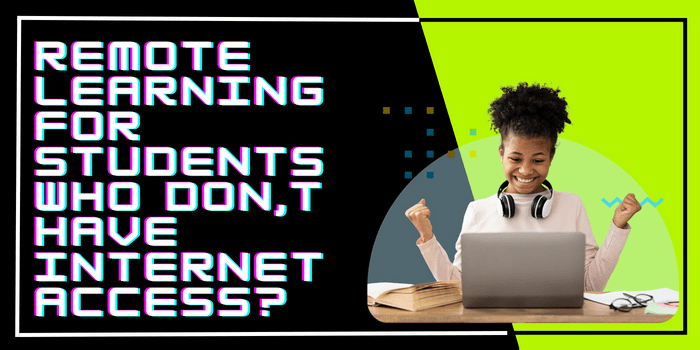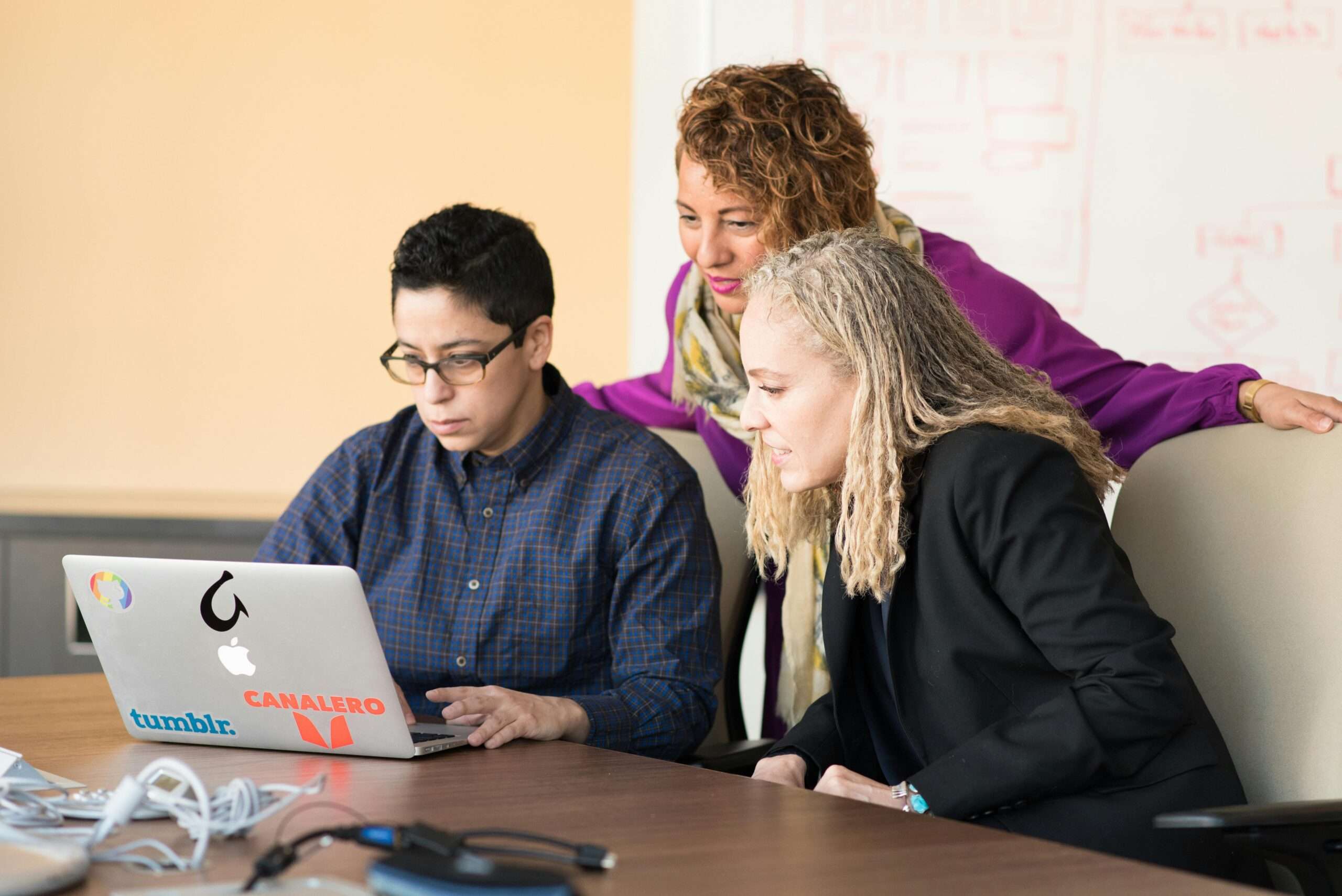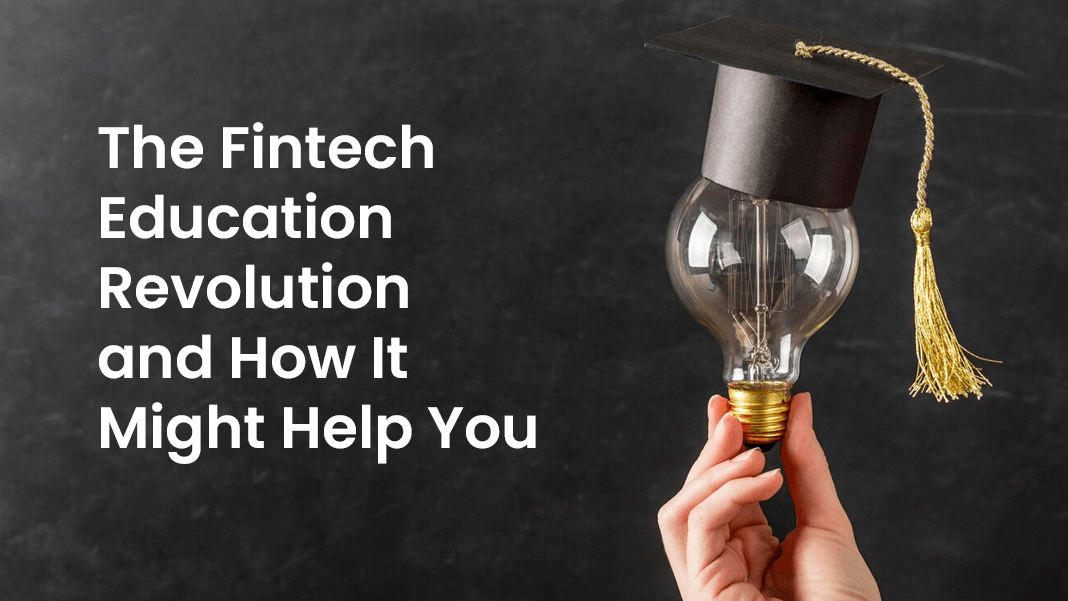In our increasingly digital world, remote learning has become a vital component of education. However, many students still lack reliable internet access, creating major obstacles to their learning journey. Finding creative solutions is crucial to ensuring all students have equal opportunities to continue their education remotely. This article explores innovative strategies and resources to facilitate effective remote learning for students without stable internet connectivity.
By focusing on alternative approaches and leveraging offline learning tools, we can empower these disconnected students to keep making academic progress despite technological limitations. With some adaptation and innovation, we can build a more inclusive remote learning environment.
How Can You Learn Online Without The Internet?
At first glance, learning online without an internet connection may seem challenging or even impossible. However, with some creativity and adaptation, there are alternative methods available to ensure educational continuity for students without connectivity. Here are a few techniques:
- Utilize Offline Learning Resources: Textbooks, workbooks, educational CDs/DVDs and offline digital libraries are valuable offline resources that provide information without requiring an internet connection. Create a robust offline library students can access.
- Download Educational Content: Have students download videos, courses, e-books, lessons, and other educational content when they do have internet access to use offline later. Some websites allow offline use.
- Visit Local Libraries: Libraries offer a wealth of informational resources including books, reference materials, and more. Seek out dedicated educational sections.
- Use Apps/Software Offline: Some educational apps and software allow users to download content for offline use. Search for those with offline functionality.
- Peer Content Sharing: Students with the internet can share info with less-connected peers via flash drives, external drives, or hard copies.
- Form Offline Study Groups: Students without the Internet should collaborate through in-person study groups to share materials and knowledge.
While accessing offline resources, respect copyright laws and utilize privacy tools like VPNs wisely when online. With some adaptation, internet-less students can continue learning.
Look into using a VPN service, such as Surfshark login, to safeguard your privacy and encrypt the connection you use when you access the internet, such as when downloading playing sharing content.
Should Students Have Limited Internet Access?
Reliable internet access is invaluable for unlocking the full potential of remote learning. However, the realities of the digital divide mean some students are left with limited or inconsistent access, impeding their education. Bridging this divide and ensuring all students have the connectivity they need to thrive should be a top priority.
Limited access poses clear challenges, especially for remote learners lacking resources. However, temporary limitations can also encourage innovation, highlighting needs and pushing educators to develop inclusive offline materials and strategies. The goal should be empowering all students through universal internet access, not restricting access.
With effort, we can ensure limited access does not mean limited opportunities. But robust, affordable internet for all students should be part of a long-term solution.
How Can You Study Without WiFi?
For students without stable internet, studying and learning remotely without WiFi can be difficult but surmountable with some creativity:
- Access offline educational resources like textbooks, workbooks, and libraries.
- Download content when possible to access offline later.
- Form study groups with peers to share resources and knowledge.
- Leverage educational DVDs, CDs, and pre-downloaded materials.
- Seek out community centers or libraries with WiFi access.
- Use security tools like VPNs and privacy settings when accessing unknown networks.
While bandwidth limitations pose challenges, students can adapt with the right offline tools and approaches. With some effort and problem-solving, education can continue even without consistent WiFi.
Finally, ensure your privacy and security by using a reliable VPN service like VPNBlade suggest when you do have access to the internet. While studying without WiFi may have limitations, leveraging these alternative approaches can help students continue their education effectively.
What To Do If You Don’t Have Internet?
Having no internet access as a remote learner can be frustrating. However, with some planning, you can make the most of offline resources:
Get the most out of libraries through book loans, educational materials, and accessing community resources.
Explore offline versions of digital tools when possible – some apps and software allow offline use.
Download educational content to devices when the internet is available to use later offline.
Form study groups with peers in similar situations to share resources and knowledge.
Leverage educational DVDs, CDs, pre-downloaded materials, and offline digital libraries.
Use privacy tools if accessing free networks; avoid sharing private info.
Seek out communal access points like community centers on a limited basis.
With adaptations, remote learning is possible even without personal internet access. Maximizing offline resources and opportunities allows progress.
Why Must Internet Access Be Limited For Some Students?
The unfortunate reality is that many students still lack adequate internet access for remote learning. This “digital divide” often splits along socioeconomic lines. By acknowledging limited access for some students, we shine a light on the need to develop more inclusive offline resources and strategies. This ensures limited connectivity does not preclude equal educational opportunities.
Temporary limited access encourages educators to innovate to meet all students’ needs. But the long term goal should be unlimited access, not permanent restrictions. Limited access highlights gaps, but is not an end goal. With effort, we can find ways to empower all students with stable connections.
In the meantime, offline options help progress. But all students need internet access to unlock remote learning’s full potential. Bridging divides ensures opportunities are decided by ability alone, not connectivity. Reliable access for all levels of the playing field.
Conclusion
Remote learning without the internet is a surmountable challenge. By embracing alternative strategies and offline options, we can ensure students without connectivity are not left behind. Creative solutions like offline resources, communal access points, and peer collaboration foster more inclusive remote learning environments.
But long term, the goal must be universal affordable internet access. Until then, adapting to limitations expands opportunities. With some effort and innovation, we can enable all remote learners to continue their education journey, regardless of internet access. Though connection barriers persist, they can be overcome through inclusive solutions.










